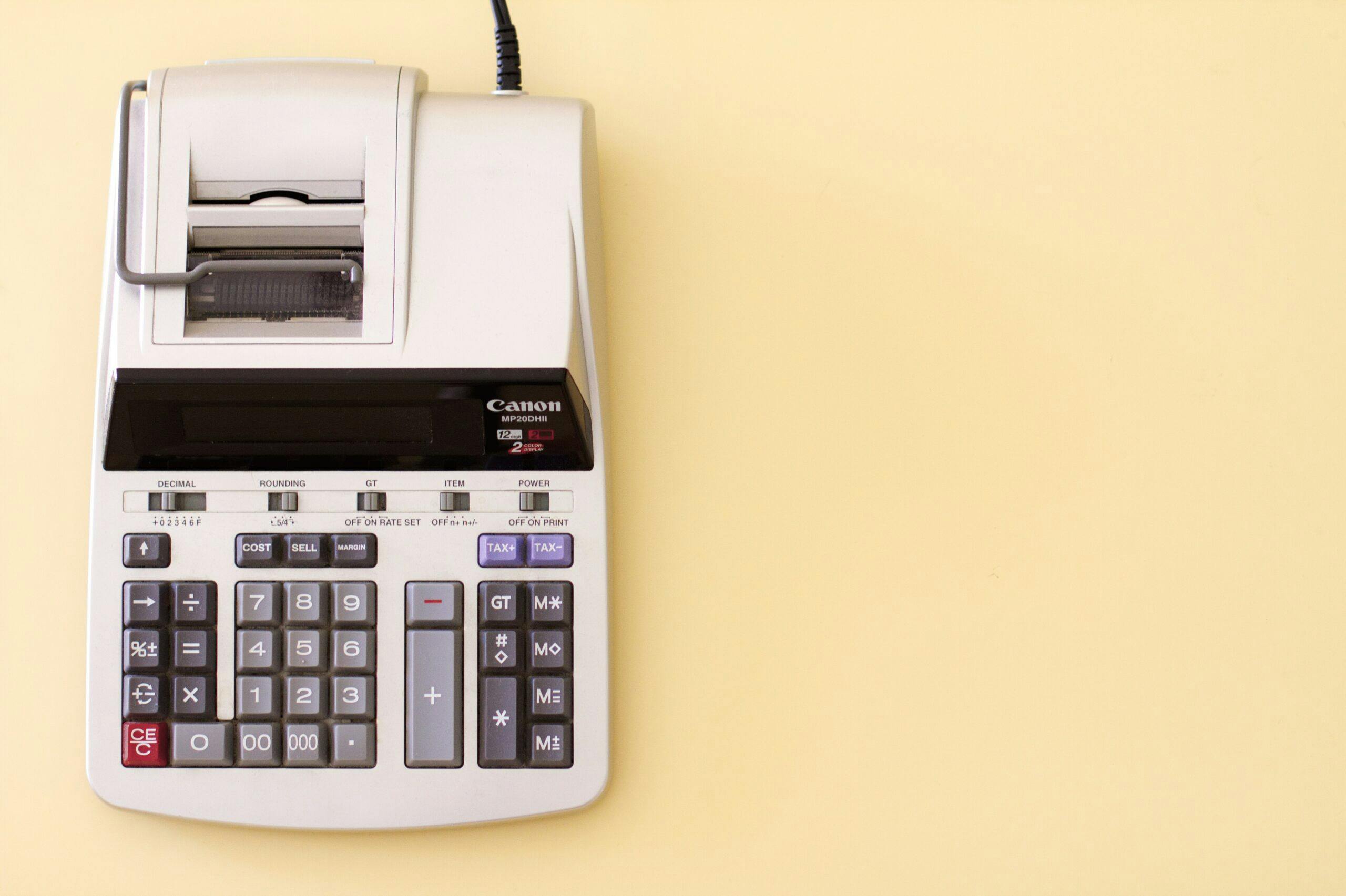What Is The Difference Between Traditional Budgeting And Zero Based Budgeting?
By Heidi Unrau | Published on 27 Jul 2023

Zero Based Budgeting is the new personal finance trend that challenges how we’ve been taught to handle money. So you’ve probably heard about it, but maybe you aren’t sure what it means. It’s pretty straightforward once you understand, so let us break it down for you.
Traditional Budgeting subtracts your expenses from your income and whatever’s leftover is discretionary money to spend however you please. Hopefully, you’re putting some into savings. Regardless, the equation usually looks something like this:
$ Monthly Income – $ Expenses and Savings Contributions = $ Discretionary Money
Zero Based Budgeting does the opposite. It starts with every possible expenditure and savings contribution then subtracts your income from there, with the goal of having zero dollars leftover. It looks something like this:
$ Expenses and Savings Contributions – $ Monthly Income = $ 0.00
What Is Traditional Budgeting?
If you’ve been doing what the pros have taught us, you’re probably budgeting the traditional way. That means keeping track of your net income, expenses and saving at least 10% for a rainy day. Whatever’s leftover is fun money to spend how you want. Typically, you track your spending habits month over month and adjust accordingly.
If you’re trying to establish some financial independence you’re probably paying yourself first, covering your expenses, paying down debt then spending the rest – in that order. And if you’re really paying attention, you probably have some long and short-term savings goals thrown into the mix, like 10% to the vacation fund or 5% towards a new laptop.
What Is Zero Based Budgeting?
Zero Based Budgeting takes Traditional Budgeting several steps further and does the reverse so that every dollar has a job to do. With Zero Based Budgeting, every penny has a purpose and is accounted for. By the end of the month, all of the money coming in minus all of the money going out should equal zero. This is because you have a specific spending category for all the things. There is no such thing as leftover money. If you come in under your budget, you simply move that excess cash to another bucket like your vacation fund. So if you have $ 200 left by the end of the month, put it somewhere. Allocate it however you want, but make sure it’s tracked and accounted for.
The purpose of this type of budgeting is to eliminate mindless spending and maximize your savings rate. It’s a method of wealth-building based on allocating every single dollar to a specific purpose to help you understand that a dollar spent today is another dollar you have to earn before you can do something else, like retire or take a vacation. It requires you to be more intentional with your finances so you understand how your choices impact you both today and in the future.
The Pros And Cons Of Traditional Budgeting
Traditional budgeting is certainly quicker, easier, and requires a lot less brainpower. Setting up a budget is fairly straightforward, using last month’s income and expenses. You have far fewer spending categories to keep track of. You also have more freedom to spend money where it’s needed or wanted. Since you’re consistently contributing to your savings goals while paying your bills, deciding whether or not to order pizza is just a matter of checking your bank account balance. No muss, no fuss.
On the other hand, it’s easy to get lazy. Not to mention, it’s not very efficient. You might have a pretty decent savings account, but what is it doing for you? You could probably have a lot more or meet a goal much faster. You’re likely leaving a lot of money on the table that could be put to better use like investing. And since traditional budgeting requires a lot less attention to detail, you’re probably miscalculating how much you’re actually saving, spending, or both. Not cool.
The Pros And Cons Of Zero Based Budgeting
With Zero Based Budgeting, since every penny has a purpose, your budget is automatically optimized. Meaning, you can’t ignore savings opportunities or overspending habits. This method requires you to be both mindful and intentional with your money. If you come in under budget, you can’t just let that money sit there unaccounted for. It needs to have a purpose so you’re forced to either create a new category for it or put it towards a savings goal already in progress. Obviously, this helps you reach your goals faster with the added benefit of exposing unhealthy spending habits in real-time.
However, Zero Based Budgeting can be labor-intensive and time-consuming. You have to pay close attention 100% of the time. It can also be pretty inflexible when it comes to one-off or surprise expenses. If your income fluctuates, like a commission-based job rather than a salaried position, it can be hard to figure how much you’ll have and where it should go. Couple that with an irregular expense, and it could put you in the red which is upsetting for literally everyone.
Which One Is Right For You?
That depends on your needs, goals , and how much time you’re willing to spend tracking your finances. If you’re financially minded you probably have some investments, retirement savings, and stable gainful employment. If you’re on track to retire by your desired age and you already spend with intention, this probably isn’t the budget for you.
Or maybe you make your money in the gig economy. If your income changes month to month or even week to week, traditional budgeting probably makes more sense. But that doesn’t mean you can’t still look for ways to optimize your personal finances. If you have leftover income, don’t just spend it. Look into investing or pay down your debt more aggressively when you can.
If you’ve got a stable, predictable income and you’re looking for more financial independence or want to retire early , then Zero Based Budgeting is the way to go. As long as you’re willing to put in the time and effort to track and record every penny, that alone will pay you back in spades. You’ll quickly adapt to a new financial lifestyle that will open up opportunities for investing while providing financial security to weather life’s storms. It’s a great way to redefine your relationship with money while using it as a tool to design the kind of life you want.
How To Get Started With Zero-Based Budgeting
Budgeting Apps are your best friend. No Zero Based Budgeting plan is complete without a quick and easy way to monitor and record your spending. Before you do anything, pick an app like Hardbacon , YNAB, or Mint. We’re partial to Hardbacon for obvious reasons, but also because you can integrate other features, like investing, to get your money working even harder.
You could track your monthly income manually on a spreadsheet, but why? The right app will link to your bank account and track it for you. Now start creating expense categories like housing, groceries, internet/phone, heat / hydro, loan payments, so on and so forth. Do you love your weekly Starbucks latte? Make a category for it. Got subscriptions to Spotify or Playstation? Make sure they have their own categories too. The expense categories also include your savings and investing goals, so don’t forget those either.
Now, instead of subtracting your expenses from your income to see what’s leftover, do the opposite. Subtract your income from your expenses. Voila! Now you know exactly where you stand. If it doesn’t balance to zero, don’t panic. That’s Zero Based Budgeting doing exactly what it’s supposed to – uncovering inefficiencies in your budget so you can fix them. Now you know if you should be saving more or spending less. And you’re off to the races.
